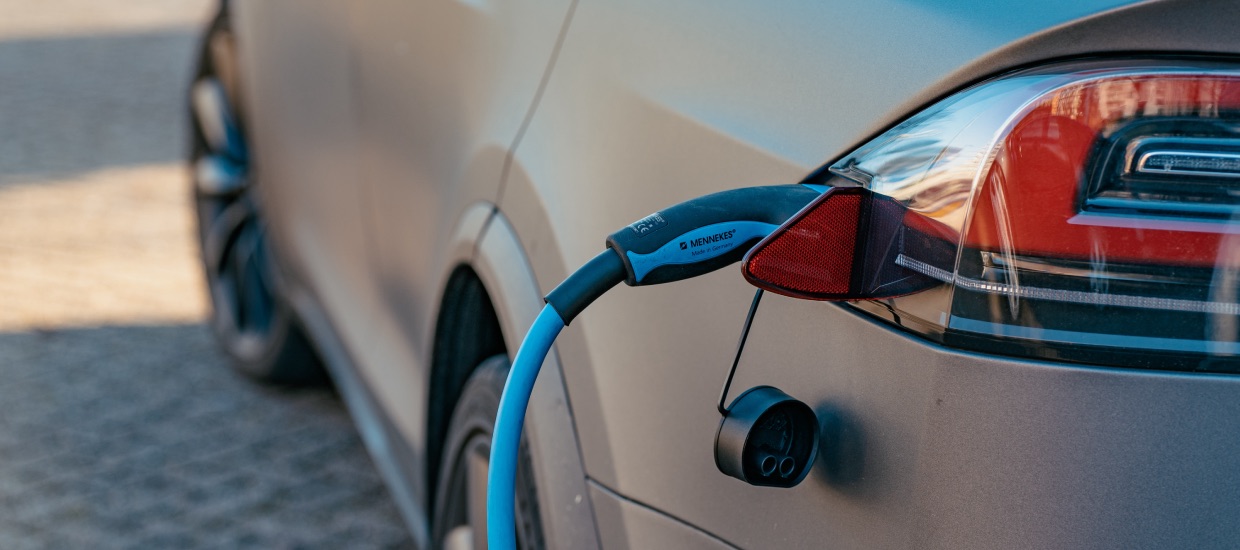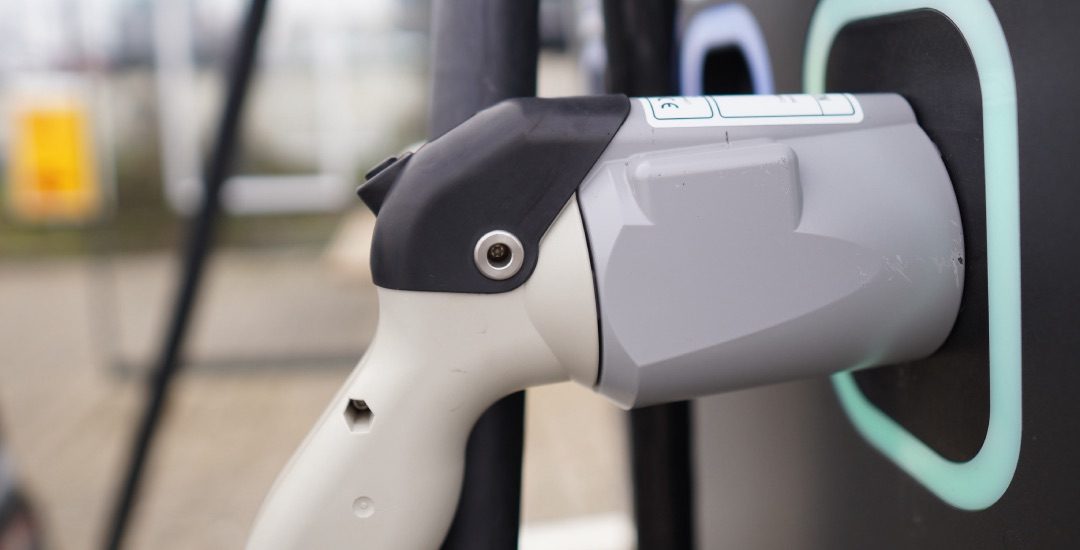In today’s world, electric vehicles (EVs) are driving us toward a greener and more sustainable future. If you are an EV owner or considering making the switch, one essential piece of the puzzle is setting up a Home EV Charging Station. But where do you start?
This comprehensive guide is your roadmap to all things Home EV Charging Station. We’ll break it down in simple terms, from picking the right charger to understanding costs and incentives. By the time you’re done reading, you’ll be all set to make eco-friendly choices and hit the road without worries. Let’s dive in!
Choosing The Right Home EV Charging Station
When it comes to setting up your Home EV Charging Station, the first crucial step is selecting the right charging station. This decision depends on several factors, but we’ll break it down in simple terms.
There are primarily three types of home charging stations: Level 1, Level 2, and DC fast chargers. Here’s what you need to know:
1. Level 1 chargers
These are the simplest and most affordable. They plug into a standard 120-volt household outlet. They’re slow, so it might take a while to fully charge your EV, especially if it has a larger battery.
2. Level 2 chargers
If you want faster charging, Level 2 chargers are your best bet. They use 240-volt circuits, which are similar to what your electric dryer or oven uses. They can charge most EVs overnight, and they’re the most common choice for home charging.
3. DC fast chargers
These are super-fast chargers you might find in public places. While some people install them at home, they require special electrical setups and are more expensive. They can charge your EV quickly, but are not suitable for all EV models.
When choosing a charge, consider the following: Your EV’s compatibility with the charger type. Make sure the charger matches your car’s capabilities.
Charging speed: If you have a short daily commute, a Level 1 charger may be sufficient. If you need a quicker turnaround, a Level 2 charger is better.
Portability: Level 1 chargers are portable and can be used with any standard outlet, making them versatile.
Smart features: Some Level 2 chargers come with smart features, allowing you to schedule charging times and monitor energy use.
Overall, the right charging station for you depends on your specific needs. Consider your daily driving habits, your EV model, and your budget when making this choice. It’s the first step to enjoying the convenience of charging your EV at home.
Installing A Home EV Charging Station
Home EV Charging Station can seem daunting, but with the right guidance, it’s manageable. Follow these simple steps for a hassle-free installation:
- Check Your Home’s Electrical Capacity: Ensure your home has enough power to support the charging station. Consult an electrician if you uncertain.
- Choose a suitable location: Pick a spot near your parking space. If installing outdoors, use a weatherproof enclosure. Indoors, choose a location near your electrical panel.
- Prep the Area: Clear clutter around the installation spot. Ensure there’s enough space for the charger and your car.
- Install a Dedicated Circuit: Your charging station needs its circuit to function effectively. Have an electrician set up a dedicated 240-volt circuit.
- Mount the Charger: Securely mounts the charging station on the wall, following the manufacturer’s instructions. Ensure it’s at the right height for easy access.
- Connect the Wiring: Connect the charging station to the dedicated circuit using appropriate wiring. Double-check the connections to avoid any issues.
- Test the Charger: After installation, test the charging station to ensure it’s working correctly. Plug in your EV and check if it charges as expected.
- Safety First: If you unsure at any point, consult a professional electrician. Safety is paramount during installation.
By following these steps, you can set up your home EV charging station efficiently and safely.
Available Incentives Or Rebates For Home EV Charging Station
Saving money on your Home EV Charging Station is easy with incentives and rebates. Here’s how:
- Check Federal Programs: Visit official government websites for federal tax credits or grants related to EV charging installations.
- Explore State Rebates: Look up your state’s energy office website to find local incentives. Many states offer rebates or discounts to encourage eco-friendly practices.
- Contact Your Utility Company: Reach out to your utility provider for exclusive rebates. Some companies offer discounts or special rates for electric vehicle owners.
- Professional Consultation: Consider consulting an electrician. They can guide you on available local incentives and ensure you benefit from all possible savings.
By following these steps, you can make your home EV charging station installation more affordable and eco-friendly.
Environmental Benefits Of Home EV Charging
Switching to Home EV Charging Station is a simple yet impactful step toward a greener planet. By charging your electric vehicle at home, you are reducing harmful emissions and promoting cleaner air. Here’s how:
- Reduced Emissions: Home charging significantly cuts down carbon dioxide emissions. When you charge at home, you skip the pollution caused by traditional gas-powered cars.
- Cleaner Air: Less pollution means cleaner air for you and your community. It produces harmful pollutants that can cause respiratory problems and other health issues.
- Encourages Renewable Energy: Home EV charging promotes the use of renewable energy sources like solar or wind power. By opting for green energy plans, you contribute to a sustainable energy future.
- Preserves Natural Resources: EVs rely on electricity, which can be sourced from renewable resources. It reduces our dependence on finite fossil fuels, preserving natural resources for future generations.
- Supports a Greener Tomorrow: By adopting home EV charging, you actively participate in creating a healthier environment for current and future generations. It’s a small change that makes a big difference.
Maintenance And Troubleshooting
Maintaining your home EV charging station is essential for hassle-free charging. Follow these simple steps to ensure smooth operation:
- Regular Cleaning: Wipe the charging plug and station with a dry, clean cloth. Dust and debris can hinder the charging process.
- Inspect Cables: Regularly check charging cables for wear, fraying, or damage. Replace any damaged cables immediately.
- Monitor Software Updates: If your station has smart features, keep the software updated. Manufacturers often release improvements and bug fixes.
- Weatherproofing: If your station is outdoors, make sure it’s properly weatherproofed. Waterproof covers can protect it from rain and snow.
Conclusion
In this ultimate guide to Home EV Charging Stations, we’ve covered everything you need to know. From picking the right charger to ensuring it’s installed safely, considering costs, and enjoying incentives, we’ve got you covered.
By adopting home EV charging, you are not only making your life easier but also contributing to a cleaner, greener world. So, take the leap, choose wisely, and power your EV with convenience, savings, and a positive impact on our environment. The road to a sustainable future starts at home.


